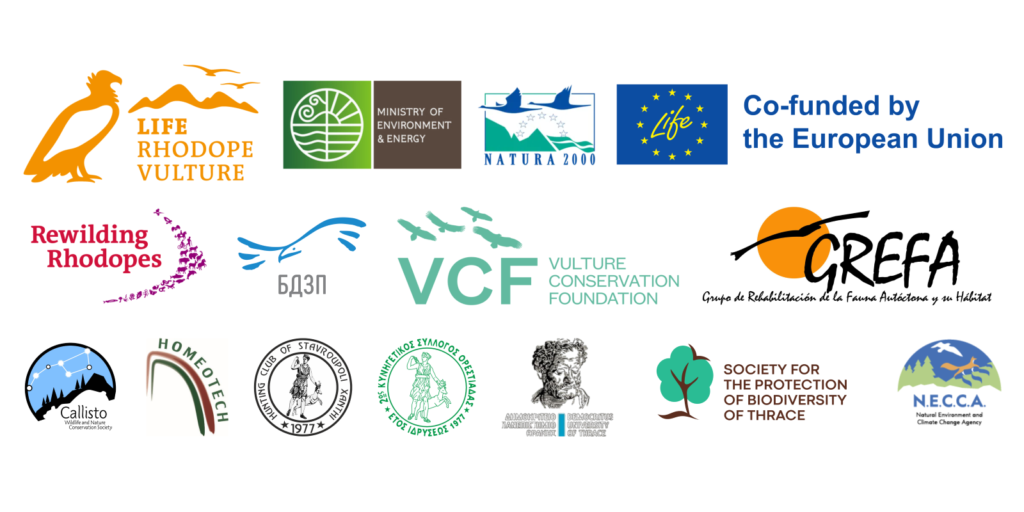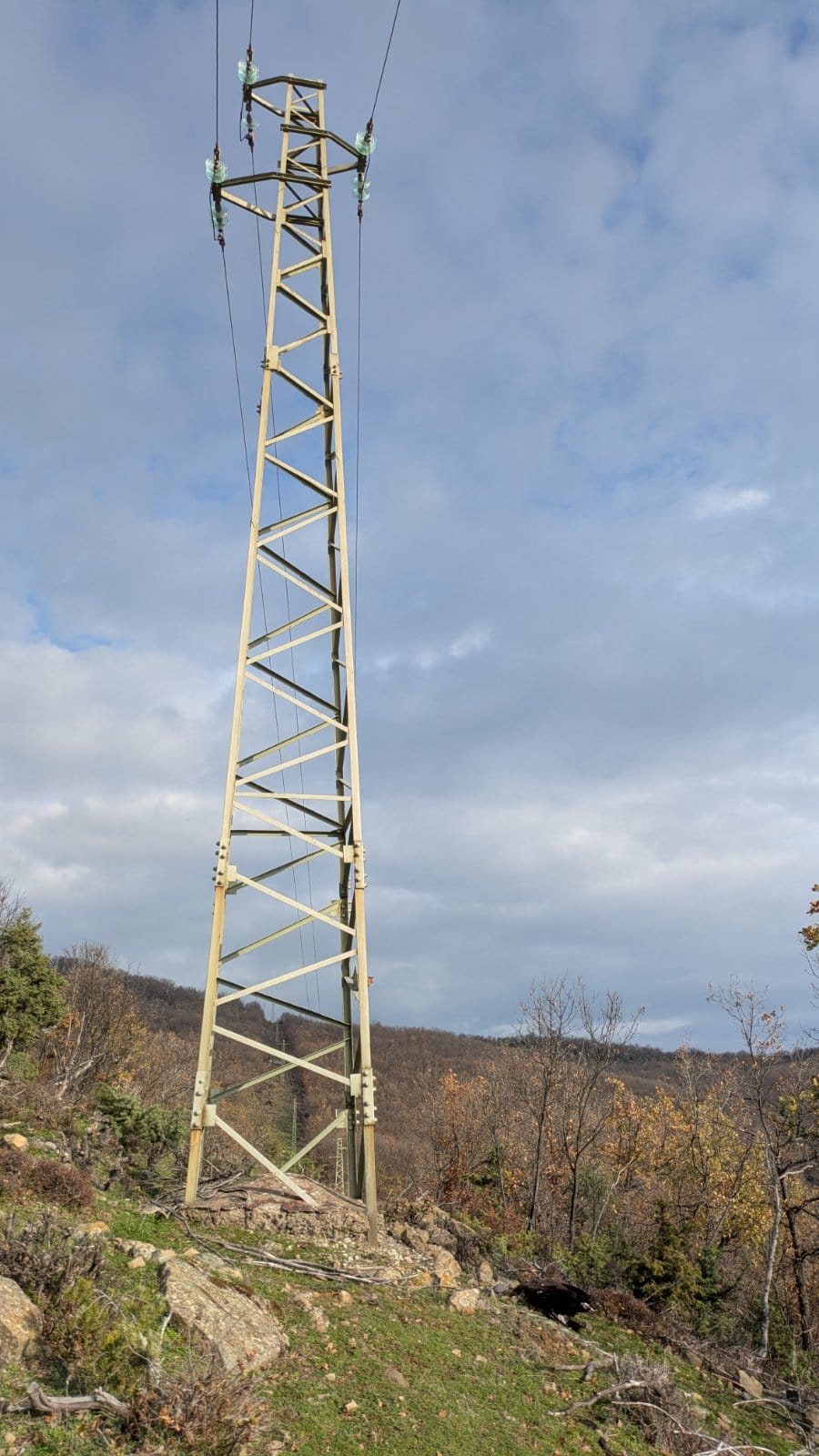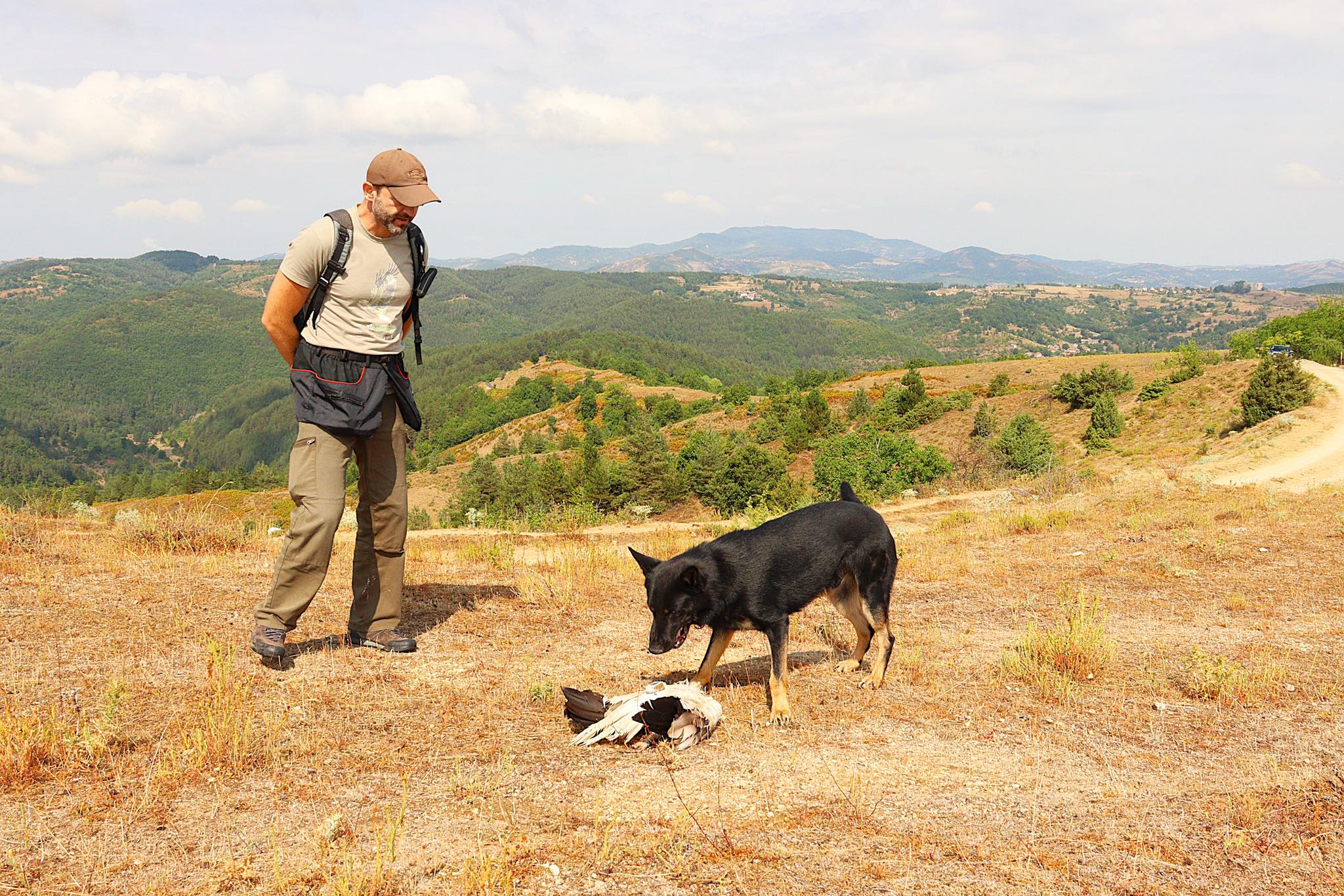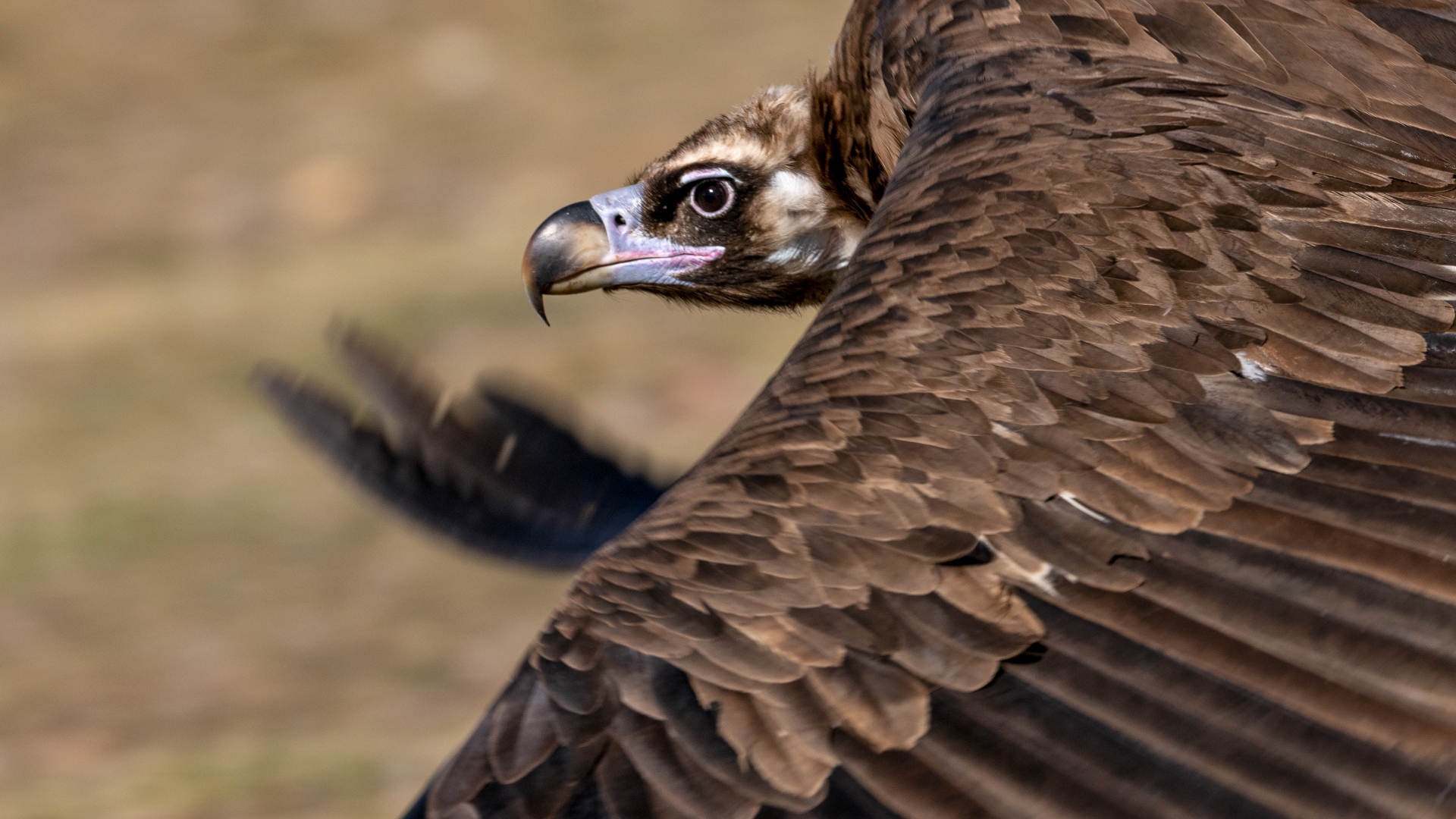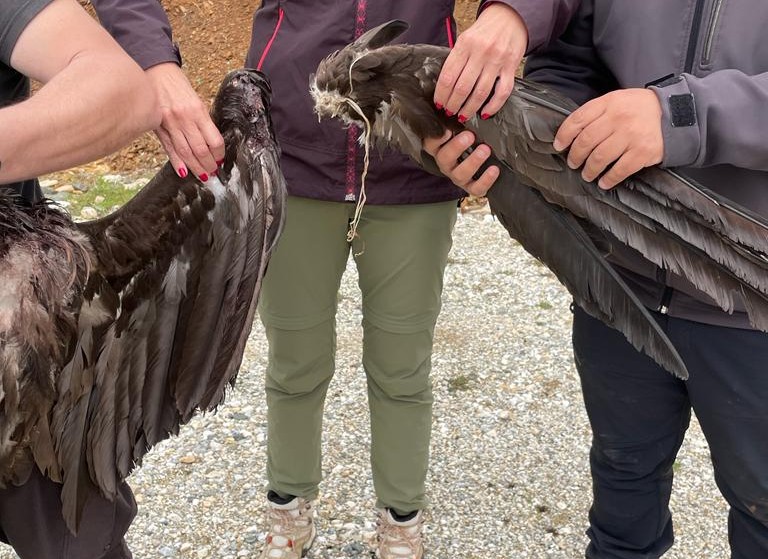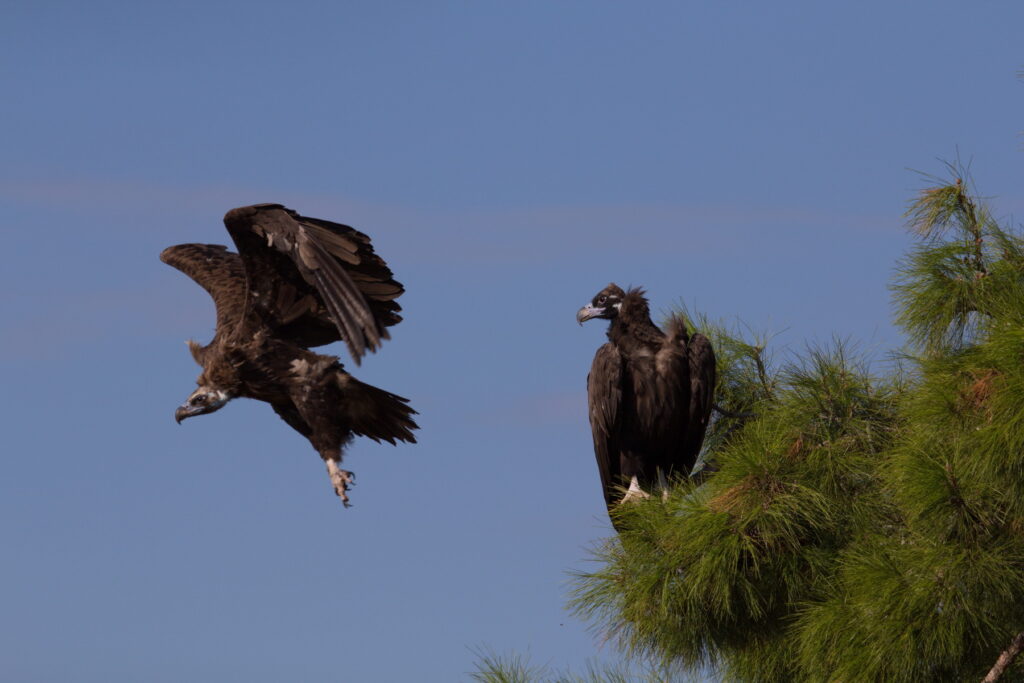
Almost two years after a major wildfire hit the Evros region, there are encouraging signs coming from the Dadia-Lefkimi-Soufli Forest National Park in Greece. Located near the borders of Bulgaria and Turkey, this remote area is witnessing a remarkable comeback of the Cinereous Vulture (Aegypius monachus). And this year, the vulture breeding population is setting new records!
A milestone in breeding success
For the first time in 30 years of systematic monitoring, the highest-ever number of breeding pairs has been recorded. So far, 41 incubating Cinereous Vulture pairs have been documented in the park in 2025. This figure may even rise as monitoring continues through the breeding season. This marks a steady increase: in 2024, the first season after the fire, 38 pairs were recorded. Before the fire, the highest number had been 36 pairs, recorded in both 2021 and 2023.
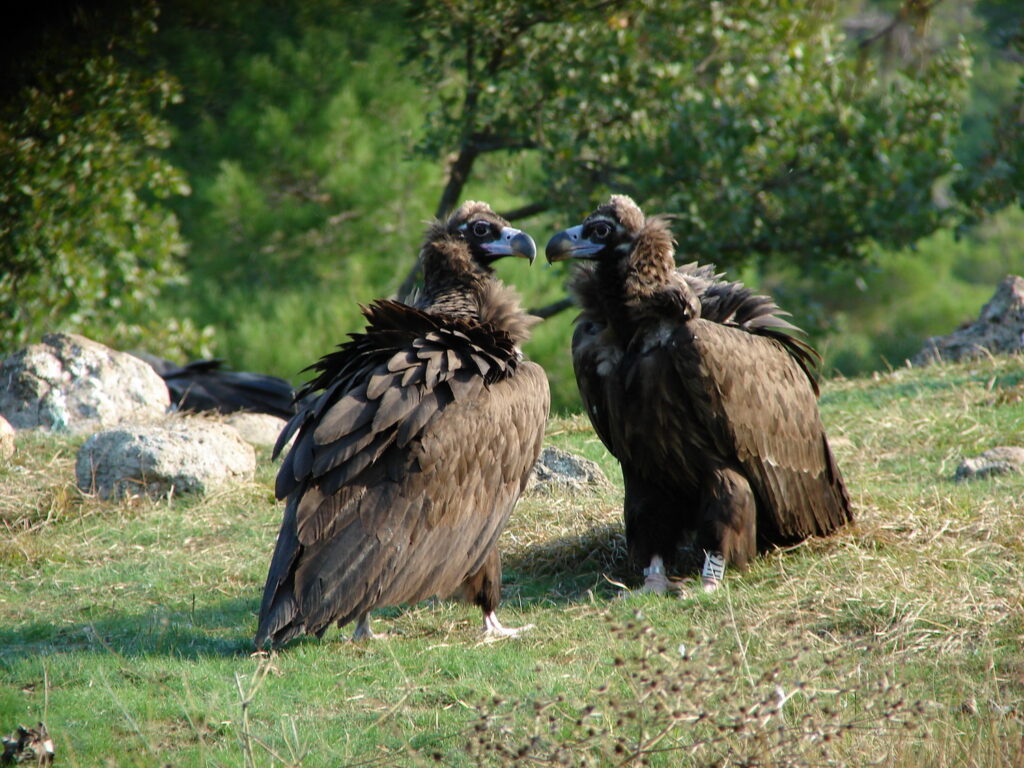
The importance of the Cinereous Vulture in Dadia cannot be overstated. The species is considered endangered in Greece, while Dadia remains home to the last naturally surviving breeding population of Cinereous Vultures in the Balkans. Other colonies disappeared during the 20th century due to threats like poisoning. While reintroduction programmes have helped restore the species in Bulgaria, Dadia’s population continues to play a central role in the species’ survival in southeastern Europe.
Conservation at the heart of recovery
The recent growth in numbers reflects decades of conservation work. Efforts have focused on reducing human-induced mortality, ensuring a stable food supply, and managing nesting habitats. Cross-border cooperation—especially with conservation projects in Bulgaria—has also contributed to regional population stability.
Despite the destruction of many nesting trees in the 2023 wildfire, Cinereous Vultures have shown resilience. The fire had a relatively limited effect on nesting site selection. Some continue to use burned trees, although gradual movement to nearby living trees is expected. Where natural options are limited, the Natural Environment and Climate Change Agency (NECCA) has been providing artificial nests and modifying living trees to support future nesting. In the immediate aftermath of the fire, 15 artificial nests were installed.
Targeted habitat interventions
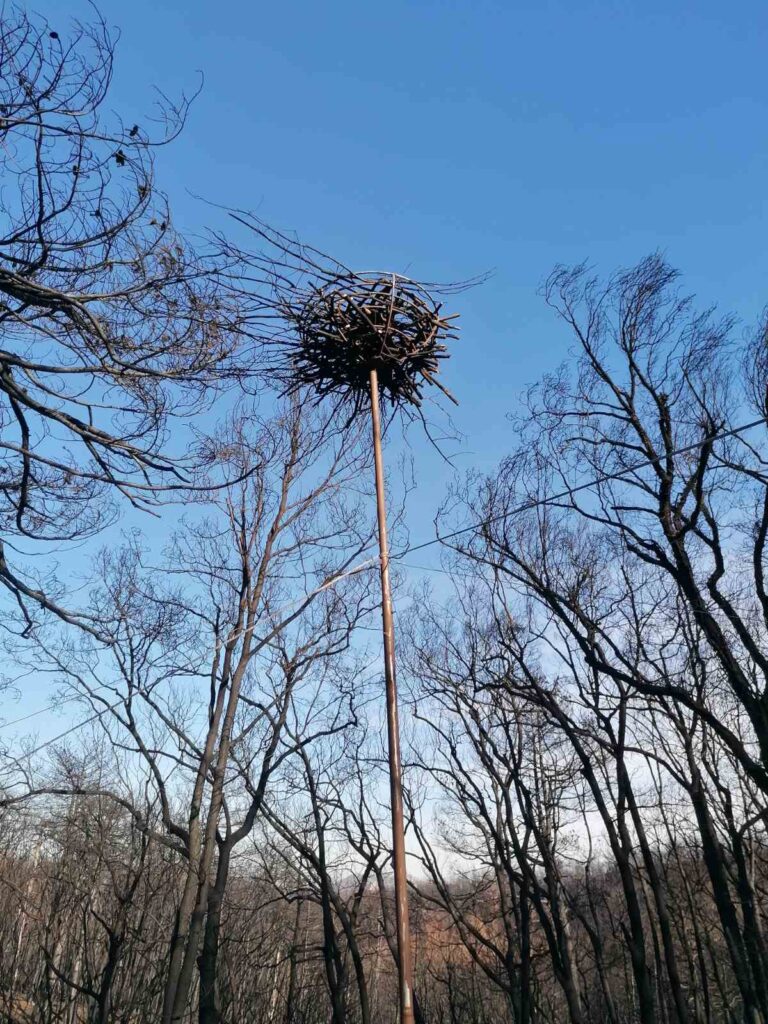
Looking ahead, the LIFE Rhodope Vulture project, with active participation from NECCA, will reshape the crowns of twenty living trees to accommodate Cinereous Vulture nests. At the same time, the suitability of the habitat in areas around the National Park is being examined. This is to see if part of the vulture population could settle there so that necessary protection measures can be taken.
This resurgence of the Cinereous Vulture in Dadia stands as a powerful testament to coordinated conservation efforts, resilience in nature, and the importance of long-term commitment to protecting endangered species.
Source: NECCA
LIFE Rhodope Vulture

Co-funded by the LIFE Programme of the European Union and Rewilding Europe, The LIFE Rhodope Vulture project is dedicated to the recovery of the Cinereous Vultures population in the Rhodope mountains, between Bulgaria and Greece. The project aims to increase food availability for the species and address human wildlife conflicts. It will reintroduce birds from Spain to establish a new colony in Bulgaria and conserve the Greek colony in Dadia-Lefkimi-Soufli National Park. Lastly, the project aims to foster cooperation among local businesses, conservation initiatives, and stakeholders, and raise awareness about the ecological benefits of Cinereous Vultures. The project duration is 5 years, from June 2024 to May 2029. The total budget is €4,160,118 Euro. It is coordinated by Bulgarian Society for the Protection of Birds (BSPB) with the participation of Rewilding Rhodopes Foundation. It also benefits from international collaboration, including the Vulture Conservation Foundation.
